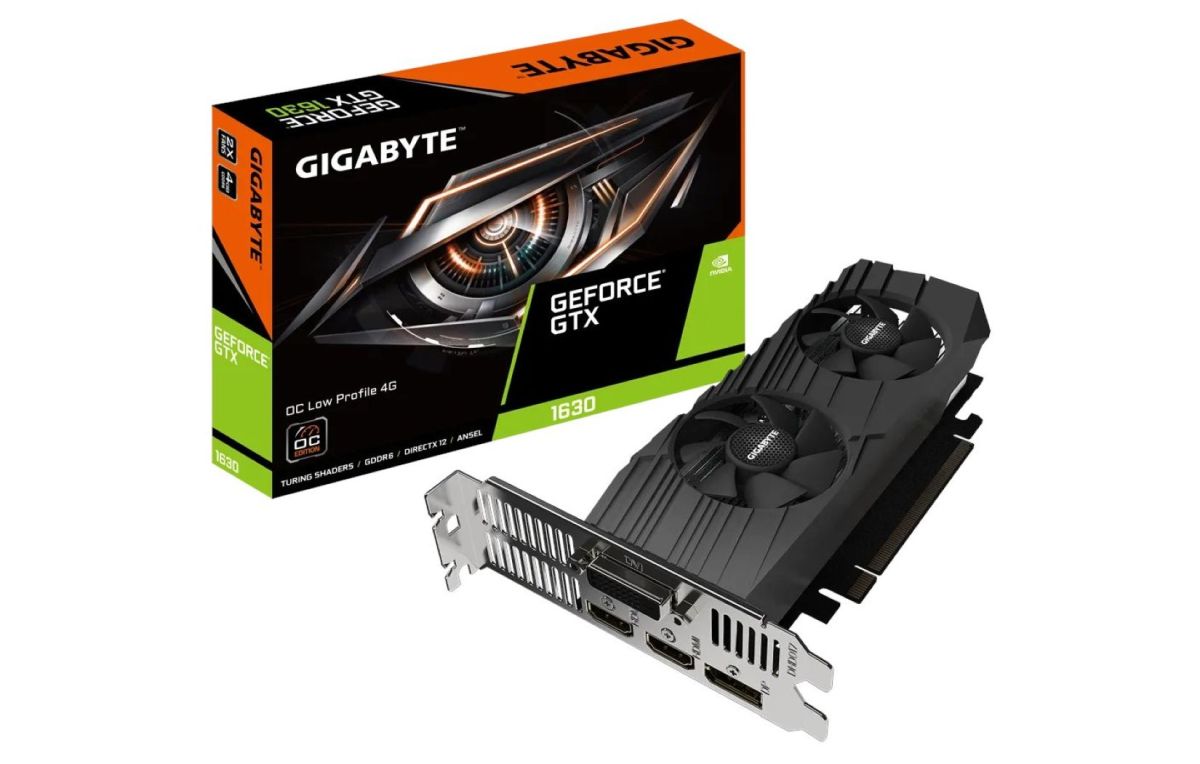After months of speculation, NVIDIA’s GeForce GTX 1630 is finally official and out of the shadows. The new graphics card is the first GTX graphics card to be released by the brand in two years, as well as the first card to be based on the Turing architecture since the launch of the RTX 30 series.
On paper, the GTX 1630 is a card with 4GB GDDR6 graphics memory and more specifically, based on a Turing TU1171-150 GPU. In addition, the new entry-level GPU also has 512 CUDA cores, which is actually fewer than the CUDA cores found in the GTX 1650. In an effort to drive home the card’s bare bones nature, NVIDIA has also limited the card’s memory bus size to just 64-bit, meaning that, in theory, its maximum bandwidth is reduced from 192GB/s to 96GB/s.
The last specification is critical for the GTX 1630’s prowess, as having a lower bandwidth – especially on a lower-tier GPU – greatly impacts overall performance, given the obvious bottleneck. Basically, it’s like having a really fast sports car, but then you can’t open it up because it’s stuck in traffic on a narrow, one-way lane. As to how that translates into performance for the PC, we could be looking at a card that is slower than the Pascal-based GeForce GTX 1050 Ti. Beyond that, NVIDIA’s site lists down the card’s base and boost clocks at 1740MHz and 1785MHz, respectively. On another note, the card also has a 75W TDP and that it will run in a PC running on just a 300W PSU. Lastly, it requires one 6-pin PCIe power connector to run.
In terms of price, the NVIDIA GeForce GTX 1630 roughly starts at US$150 (~RM660) but as the story goes, how much each board partner intends to sell their custom-cooled versions of the cards will depend on the brand in question. As a start, EVGA is already listing their variant of the card for US$169 (~RM743).
(Source: Videocardz)
Follow us on Instagram, Facebook, Twitter or Telegram for more updates and breaking news.






